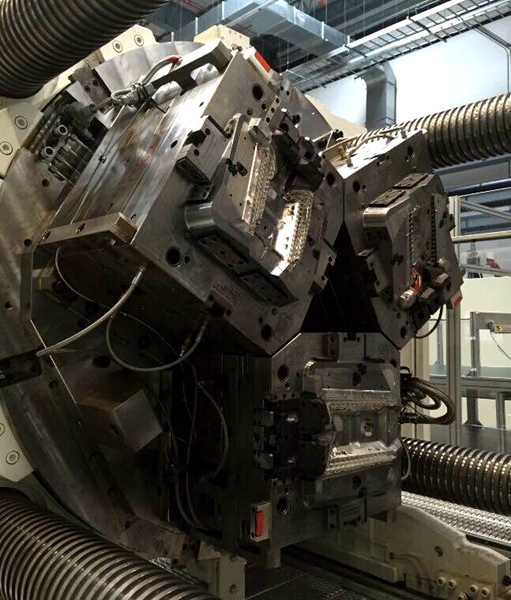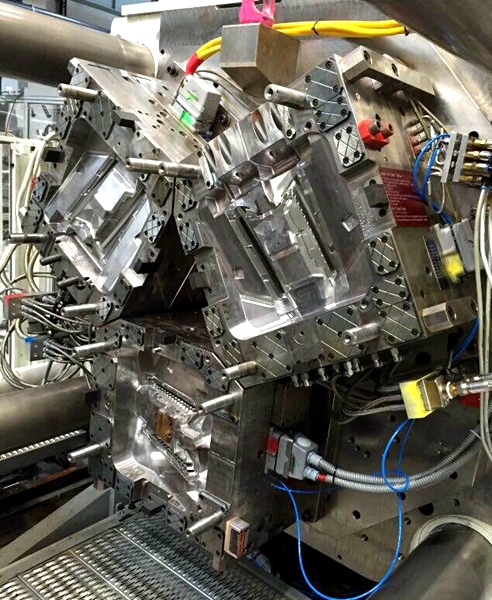Triple shot injection molding, also known as three-shot molding or 3K molding, is an advanced injection molding process used to produce complex parts with three different materials, colors, or components in a single operation. Similar to double shot injection molding, triple shot injection molding involves injecting multiple materials into a single mold cavity to create an integrated part with distinct features.
Here's how the triple shot injection molding process typically works:
1. Mold design: The first step in triple shot injection molding is designing the mold to accommodate three different materials or colors. The mold consists of three or more cavities, each of which corresponds to a specific area or feature of the final part. The cavities are designed to allow for precise placement and integration of the different materials or colors.
2. First shot: In the first shot of the injection molding process, the first material or color is injected into the mold cavity to form the base or substrate of the part. This material may be a thermoplastic resin, such as ABS, PC, or PP, depending on the requirements of the part.
3. Mold rotation or movement: After the first shot is injected, the mold may be rotated or moved to position the second cavity for the second shot. This allows for precise alignment of the different materials or colors and ensures that they are integrated seamlessly.
4. Second shot: In the second shot of the injection molding process, the second material or color is injected into the mold cavity to form additional features or layers on top of the first shot. This material may be a different thermoplastic resin or a compatible material, such as TPE (thermoplastic elastomer) or TPU (thermoplastic polyurethane).
5. Additional rotation or movement: After the second shot is injected, the mold may be rotated or moved again to position the third cavity for the third shot. This allows for precise alignment of the third material or color and ensures that it is integrated seamlessly with the first two shots.
6. Third shot: In the third shot of the injection molding process, the third material or color is injected into the mold cavity to form additional features or layers on top of the first two shots. This material may be a different thermoplastic resin or a compatible material, similar to the first two shots.
7. Cooling and ejection: Once all three shots have been injected, the mold is cooled to solidify the materials, and the integrated part is ejected from the mold cavity. The part may then undergo additional finishing processes, such as trimming, deburring, or assembly, as needed.

Triple shot injection molding offers several advantages over double shot injection molding and traditional molding processes, including:
- Increased design flexibility: With three shots, triple shot injection molding offers even greater design flexibility, allowing for the creation of parts with more complex geometries, features, and color schemes.
- Enhanced part functionality: Triple shot injection molding enables the integration of three different materials with complementary properties into a single part, enhancing its functionality, performance, and aesthetics.
- Reduced assembly time and costs: By integrating multiple components or features into a single part, triple shot injection molding can eliminate the need for secondary assembly operations, reducing labor costs and assembly time.
Overall, triple shot injection molding is a highly advanced and versatile process that is used to produce high-quality, complex parts for a wide range of applications, including automotive, consumer goods, electronics, medical devices, and more.



